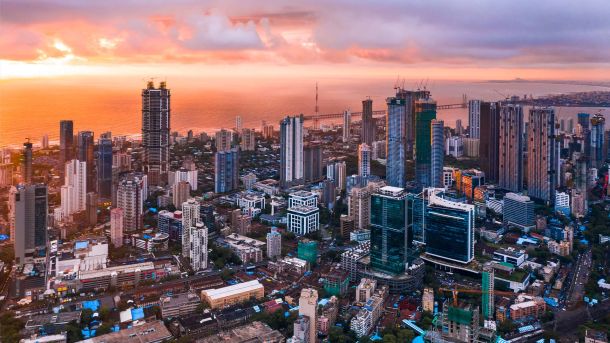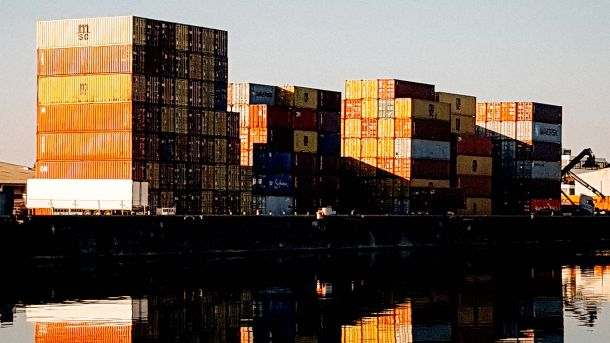The 3.0% increase in CPI was primarily driven by:
- Housing and Utilities: Up 4.4%, contributing 1.0 percentage point.
- Food and Non-Alcoholic Beverages: Up 5.1%, adding 0.9 percentage point.
- Alcoholic Beverages and Tobacco: Up 4.4%, contributing 0.2 percentage point.
On an annual basis, inflation for goods increased to 2.3%, up from 1.8% in May. Meanwhile, services inflation rose slightly from 3.6% in May to 3.7% in June. Despite this slower pace of price growth, inflation continues to erode household purchasing power across South Africa. Consequently, many households are increasingly reliant on short-term credit to maintain their lifestyles and consumption habits. This dependence makes households more vulnerable to fluctuations in interest rates and currency values, which in turn influence prices domestically.
The Monetary Policy Committee (MPC) is expected to hold interest rates steady during its July meeting. However, some rate reductions are anticipated later in 2025. These potential cuts have been supported by relatively low inflation levels, a stable Rand/Dollar exchange rate thus far, and decreases in international oil prices from May through June 2025.
Lower interest rates introduced late 2024 and early 2025 are expected to stimulate demand by increasing household disposable income after interest payments, potentially supporting overall economic growth. This is reflected in retail sales figures for May 2025.
Nevertheless, the Reserve Bank remains cautious amid ongoing global uncertainties. Concerns about inflation, the lingering US-China tariff war, and the possibility of additional tariffs on BRICS nations could impact price stability moving forward. Future interest rate decisions will likely be influenced by factors such as moderate inflation, sluggish economic growth, improvements in electricity supply, and positive market sentiment.
Ultimately, maintaining price stability remains a top priority as South Africa enters the second half of 2025.





